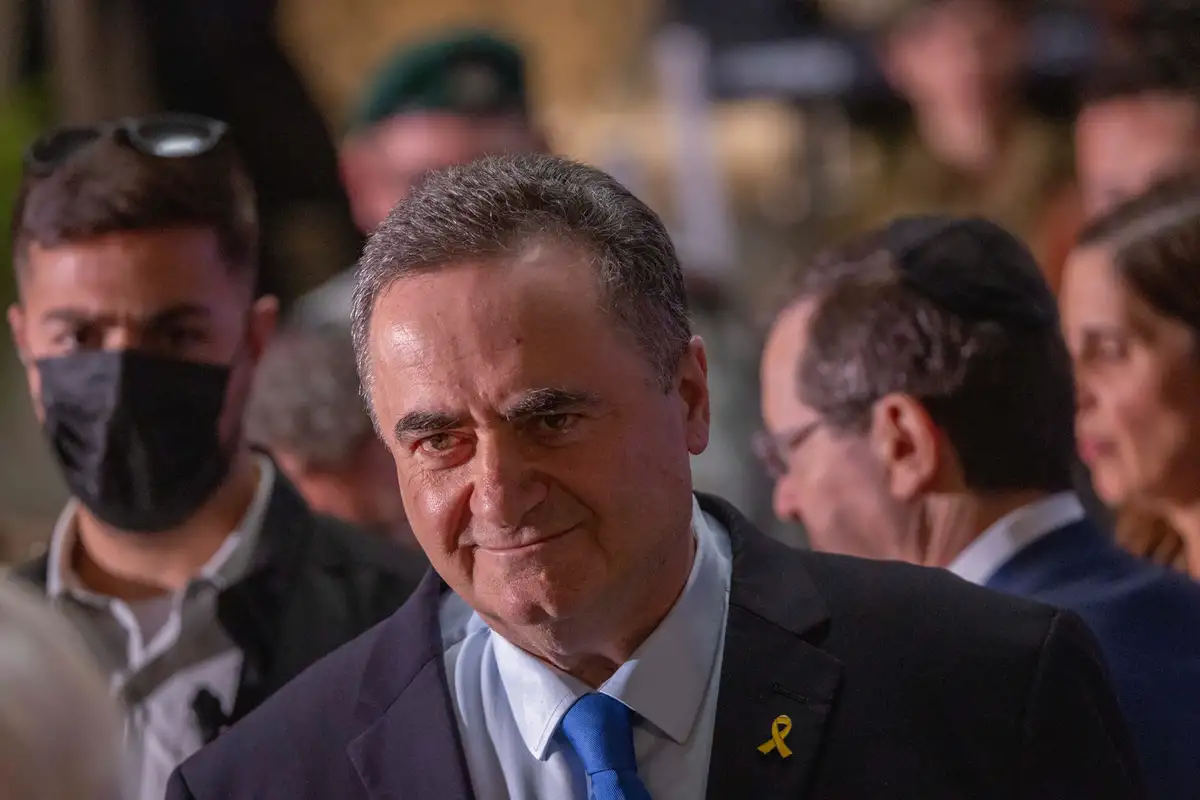The declaration covered the whole country, but has only remained active in the south two years on from the attacks.
Katz said: “I have decided to adopt the IDF’s recommendation and to remove, for the first time since October 7, the special situation on the home front.
“The decision reflects the new security reality in the south of the country that was achieved thanks to the determined and powerful actions over the past two years of our heroic troops against the Hamas terror organisation.”
The move comes after the agreement of a ceasefire between Hamas and Israel and the return of all of the living hostages, which US President Trump has claimed will set the stage for “eternal peace” in the Middle East.
However, Hamas’ full disarmament is a key part of the prospective deal, which remains uncertain.
In a recent interview with Al Jazeera, Khalil al-Hayya, acting co-chair of Hamas’ political bureau, said that the question of disarmament is “linked to the presence of the occupation and aggression.”
He also stated that the group would only lay down its arms “if the occupation ends”.
Yet exactly how “occupation” is defined is unclear, with Hamas figures often publicly stating that the very existence of Israel is a form of occupation.
During the same interview, al-Hayya also stated that Hamas had reached a deal with rival Palestinian factions, including Fatah, to form a technocratic governing committee to administer Gaza.
He did not, however, clarify when or how such a committee would be established and whether Hamas officials would participate.
Both Israel and the US have insisted that Hamas can play no role in the future governance of Gaza.
Al-Hayya’s statement also contradicted one issued by Fatah last week, in which the Palestinian Authority’s largest party dismissed the concept of such a committee and insisted that the PLO was the only viable mechanism to govern both the West Bank and Gaza.

